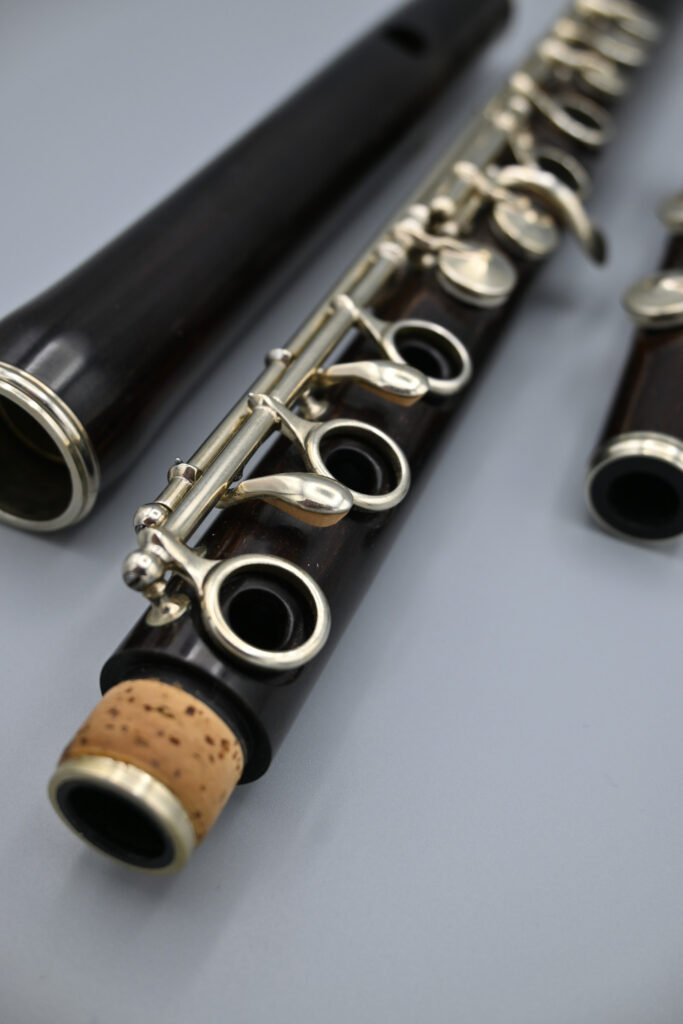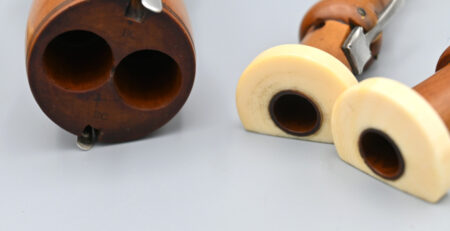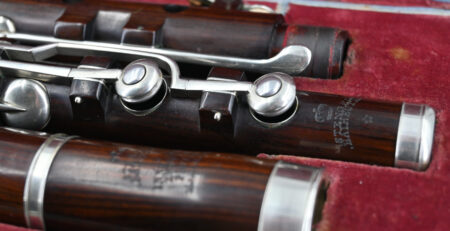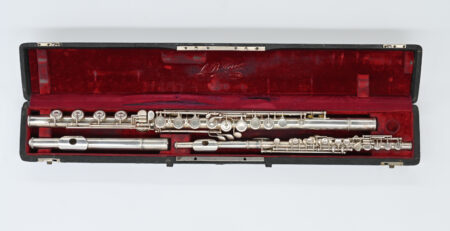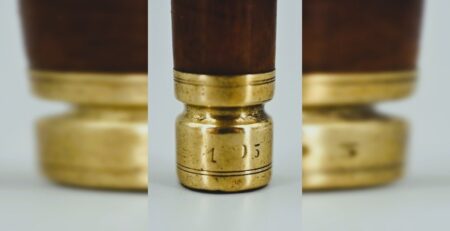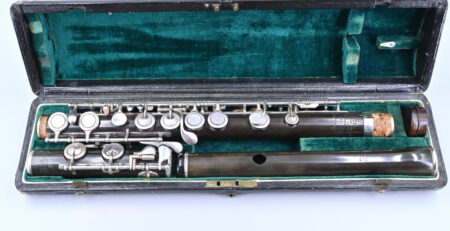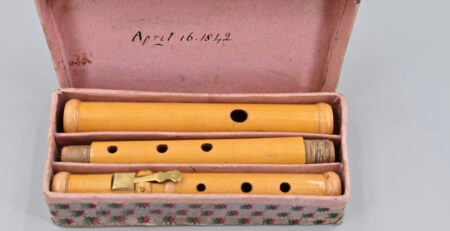The conical ring-key flute – game changer of 1832
It is known that towards the end of the eighteenth century, flutes with eight keys, or double and alternate keyed flutes were preferred among musicians. Yet things were to change drastically with the Theobald BOEHM (1794-1881)1832 invention – the conical ring-key flute. Sadly, it was to become a beautiful instrument that time simply forgot.
The clergyman and the ring keys
We have to rewind a bit backwards in time to find the actual inventor of the open or ring keys that would inspire the final flute design. So, we arrive in England in November, 1808 with Reverend Frederick Nolan. He obtained a British patent for an open-hole key for the flute. The key itself just had a rim and the pad of the finger was needed to cover the hole. The keys were then linked to one another.
Nicholson’s inspiration and Boehm’s revolution
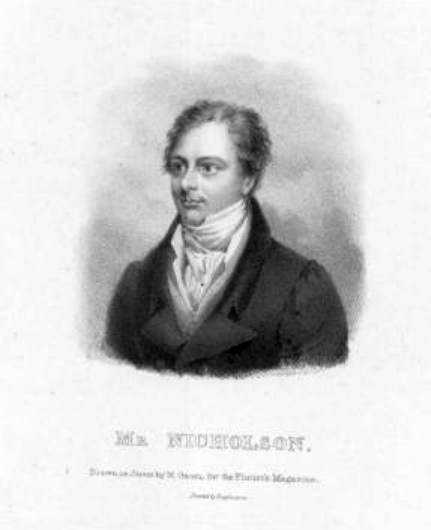
Boehm was totally impressed by the tone that flutist extraordinaire, Charles NICHOLSON (1795–1837) produced at their meeting in 1831. Nicholson played his famous flute which featured large holes. Later in 1871, Boehm remembered this same meeting with Nicholson when he wrote to W.S. Broadwood, an English friend:
‘I did as well as any continental flautist could have done in London in 1831, but I could not match Nicholson in power of tone, wherefore I set to work to remodel my flute. Had I not heard him, probably the Boehm flute would never have been made.’
Boehm therefore intended to design a flute with larger holes that were spaced for better evenness of tone and improved intonation. He would change the flute design from regular covered holes to ring keys and he even added a thumb crutch for the left hand.
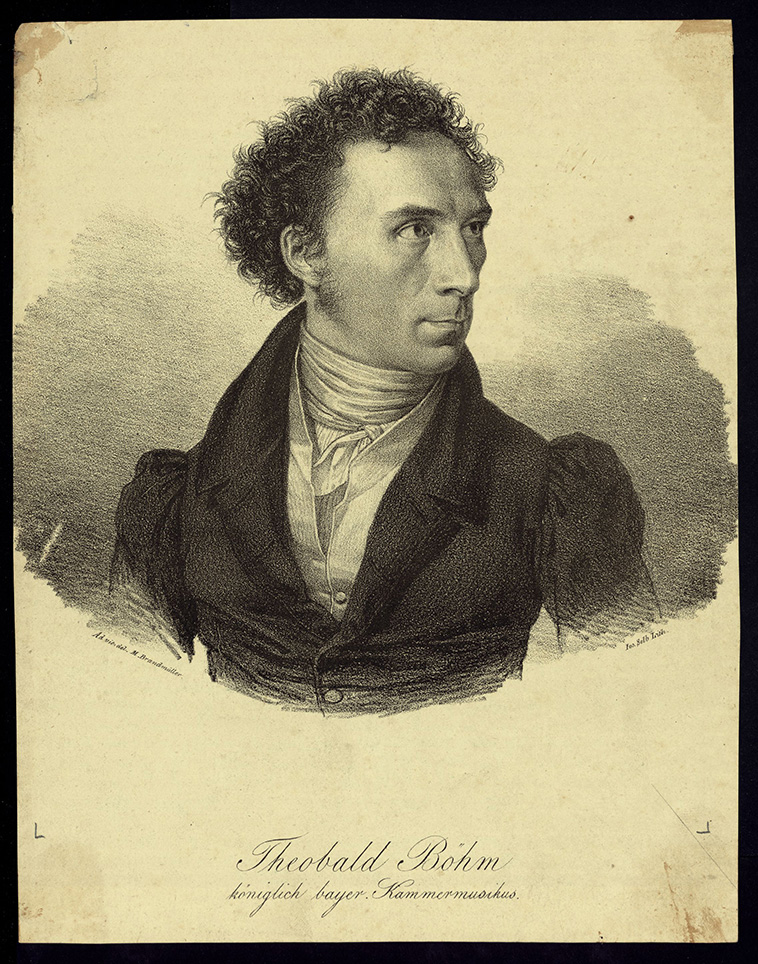
A new system is born
Finally, the new system was born in Boehm’s workshop in Munich in 1832. The new 1832 flute had some distinctive features. Its tone-holes were as large as possible. The position of the holes depended on acoustical correctiveness and didn’t take into account the player’s comfort while playing [?]. It had ring keys! Plus of course, the bore itself remained conical.
Already in 1833, Boehm’s pupil Eduard HEINDL (1837-96) tried out the flute and employed it for a performance of a Fantasie by KUHLAU. Boehm went on to show and exhibit the new flute model internationally. In the space of just a few years, conical ring-key Boehm flutes were being made by GODFROY in Paris and in 1843, RUDALL & ROSE in London were licensed to manufacture the new model.
This 1832 flute construction was made in the end by numerous flute makers who brought it to perfection, such as Julius Max BÜRGER (1844-after 1921). At the time when it was invented, many composers and musicians believed it to be the ideal flute for their music.
We shouldn’t forget that this invention formed the base for the ring-key Boehm clarinet system too.
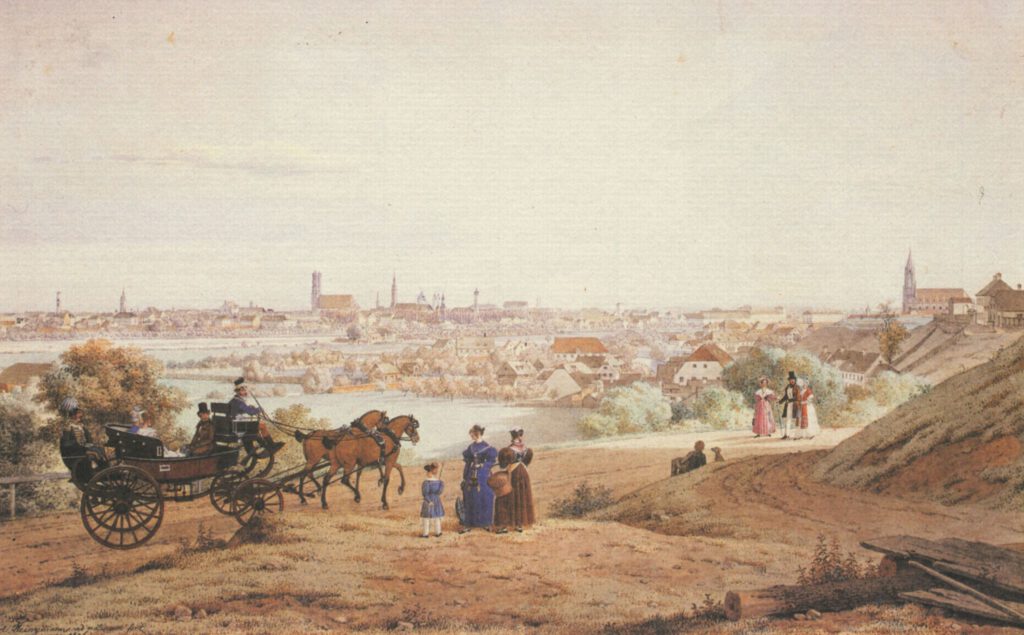
Watercolour – View of the City of Munich from the Bogenhausen Heights – Carl Friedrich Heinzmann – c. 1835
At the time of Boehm’s invention, the life of a flutist seemed way to complicated with so many keys. The function of the keys on a traditional flute of that time was that the tone holes were covered and by pressing down the key and opening the tone-hole, a semi-tone higher was achieved. That meant that with so many keys added to the instrument, it had become difficult to play.
So, Boehm completely changed the idea because his keys were mainly kept open and by pressing the key down, the note was lowered by a semi-tone. This new system was much easier to handle and to work with, especially with complicated keys and fast tempo.
Clear advantages and elegant sound
From today’s flutist’s point of view, the conical ring-key flute has clear advantages over the current modern cylindrical flute:
- It has almost the same fingering as that of a modern flute
- The sound is very touching, elegant and colourful
- It mixes well with other instruments for chamber music
- Flutists with a silver or gold flute can have another instrument to change the sound and the characteristics of the music they play
That is why a conical ring-key flute is an ideal addition to a modern flutist’s instruments.
